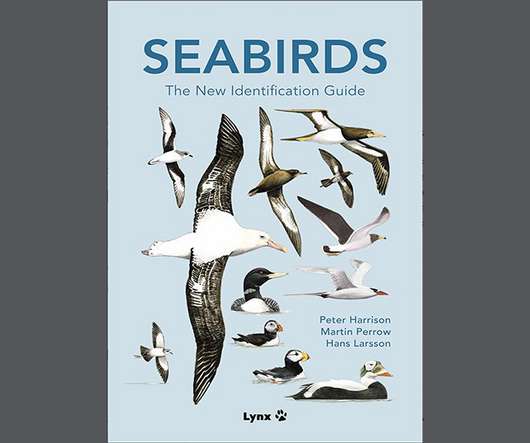Altruism, Albatrosses, and Vicious Young Men
10,000 Birds
JUNE 27, 2017
Ka’ena Point is also a breeding ground for the Federally protected Laysan albatross, where 45 nests were being carefully monitored by the non-profit Pacific Rim Conservation. The oldest Laysan albatross was last seen raising a chick on Midway Atoll in 2016, at age 66. Please write: [link] .












Let's personalize your content